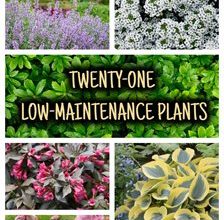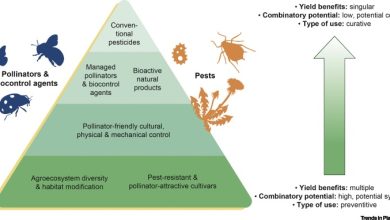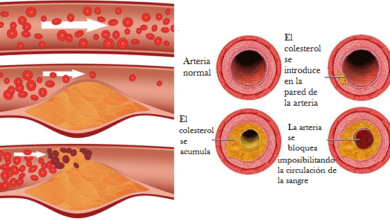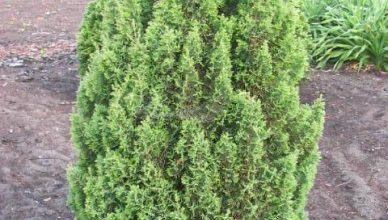How to grow chives or chives: The steps you must follow
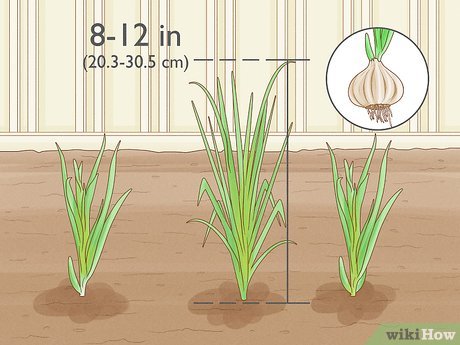
Hello to all agrohuerters! In today’s article we are going to learn how to grow chives, also known by the name of chives. We will see all the differences between normal onions and chives, when to plant, water, pests and diseases, harvest… and much more. In addition, we will give you some recipe ideas where you can use this plant.

What is chives or chives?
Chives or chives are also known by other names such as: leaf onion, Chinese onion, branch onion, spring onion, etc. In the scientific world it is known as Allium schoenoprasum.
It is a plant of the Aliaceae family. Its culinary interest is its chopped leaves. It is a perennial plant that is cut as it grows. In addition, chive flowers are also edible and very pretty to decorate your dishes.
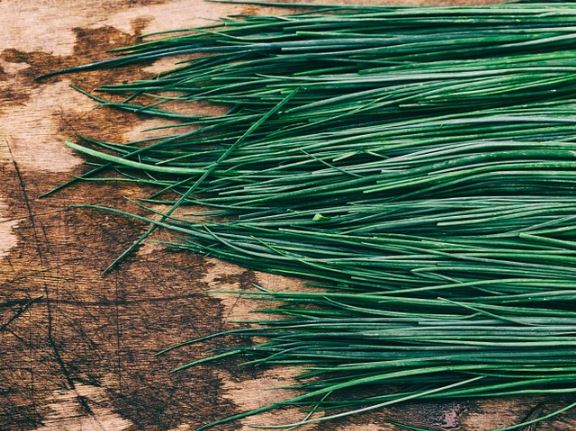
Differences between chives and onions
Both the onion (Allium cepa) and the chive (Allium schoenoprasum) belong to the same family: the alliaceae. However, in the case of the onion we are interested in its bulb and in the case of chives we are interested in its leaves. The chive also has a bulb similar to that of the onion but smaller.
Recipes with chives or chives
Growing chives or chives will allow us to give that special touch to our dishes. I’m not particularly good at cooking but I’m learning little by little.
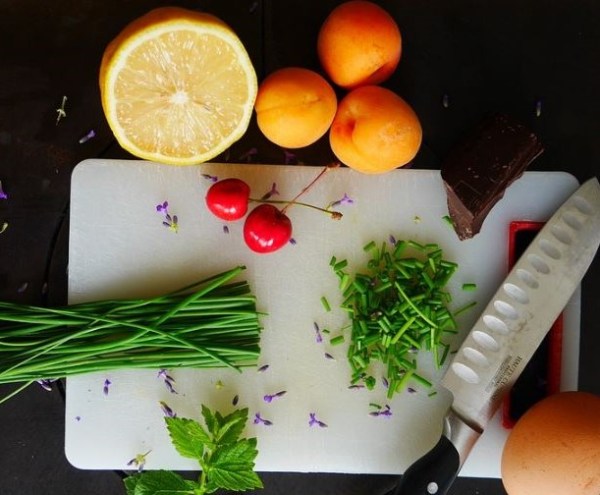
I always like to get ideas from people, so I am going to leave you here some recipes where you can add chives:
- You can use it in most salads and you will be right.
- It also gives the canapés an elegant touch.
- In the paste. For example: spinach ravioli with ricotta and walnuts.
- Accompanying a good plate of rice.
As you can see, the possibilities can be enormous, both decorative and culinary. In addition, chives have benefits for our health: rich in vitamins A, B and C; minerals; fiber…
How to grow chives in the garden
Once we know chives or chives, we are going to learn how to grow them in our gardens with these simple steps. We will start from the sowing, going through the irrigation and the necessary care until the harvest.
The chive adapts to almost any type of soil, which is why it is common to find it in nature or near train tracks. It prefers warm places.
Another advantage is that it adapts very well to indoor containers such as pots. Therefore, the fact of not having a garden will not serve as an excuse to grow chives.
When to plant chives
Sowing is recommended between April and May. For later sowings, the flower of the plant should be allowed to grow to favor spontaneous seeds and keep the crop going. Another option is to buy the chives in a pot, as in the following photo.
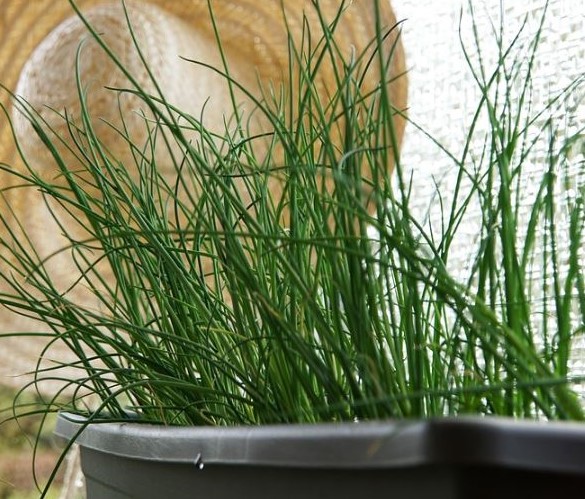
In any of the cases this plant will develop without problems. Of course, remember that always after carrying out any sowing it is advisable to pour a little water over the seed to help it germinate.
Chives care
Once the chives are well «installed» it does not require too much care. It grows on its own, reproduces easily and withstands changes in temperature. One of the tasks is to thin the flowers (cut the flowers, leaving a few on the plant) to encourage their development. The flowers usually come out from June.
As for watering, it is recommended to water frequently but without going too far, since excessive watering can cause the bulbs to rot.
Pests and diseases of chives
Later we will do a specialized article on pests and diseases of chives. However, here is a small list of the most important ones:
- Chrysomelids
- Pegomya acetosa (a species of fly)
- aphids
- slugs and snails
- and others…
Harvest of chives or chives
Harvest will begin approximately 1 month (or 5 weeks) after planting. Depending on the area where we are located, we may or may not harvest chives all year round. For the harvest it is recommended to do it better with scissors than with a knife.
It is normally consumed fresh. However, it is also possible to keep it in the freezer. The best method to keep it in the freezer is to put it in plastic bags prepared for freezing.
Here you have a photo of several packages of freshly harvested chives:
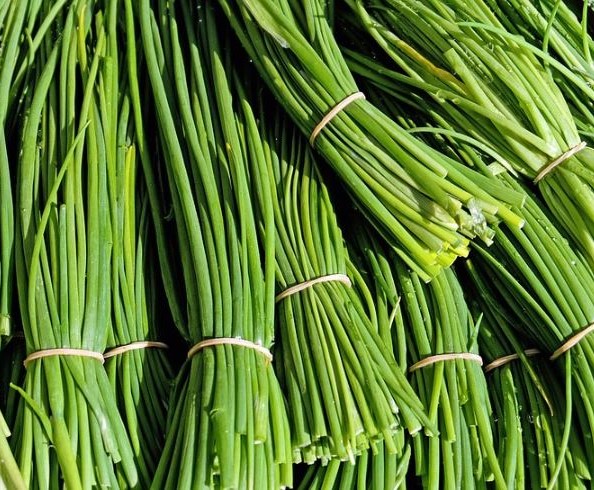
Associations in the garden with chives
The chive or chive is a good ally in the garden, as it protects legumes and rose bushes from aphids. However, just like with people, there are crops with which he has a good relationship and others with which he does not get along at all.
Here are the best (and worst) friends of chives in the garden:
- Good association with: carrot, celery, cucumber, tomato and rose bushes
- Bad association with: garlic, cabbages, beans, onions, peppers and peas.
Varieties of chives
As in most crops, there are different varieties. I leave you here a small list of the main varieties of chives:
- Allium schoenoprasum
- Allium tuberosum
- Allium fistulosum
References
- Aguilar Rincán, K., García Sánchez, D. Gómez Peralta, C. (2015). Evaluation of the effect of two planting densities and three organic combinations on the yield of chives. El Salvador University. Faculty of agronomic sciences.
- Ministry of Agriculture, Fisheries and Food. Organic farming, statistics 2016.
- De Gianni, E., Fimognari, C., Seven, C. (2015). Anticancer Mechanism of Sulfur-Containing Compounds. Editor(s): S. Zahra Bathaie, Fuyuhiko Tamanoi, The Enzymes, Academic Press, 37, 167-192.
- Dnyaneshwar Warude. (2017). Chapter 13 – Safety of Traditional Medicines, Editor(s): Bhushan Patwardhan, Rathnam Chaguturu. Innovative Approaches in Drug Discovery, Academic Press, Pages 351-365.
This is all for today agrohuerters. I hope you liked the article on how to grow chives in the garden. Do not hesitate to comment to ask us questions or tell us about your experiences with this crop. See you in the next article!
Have a nice day

